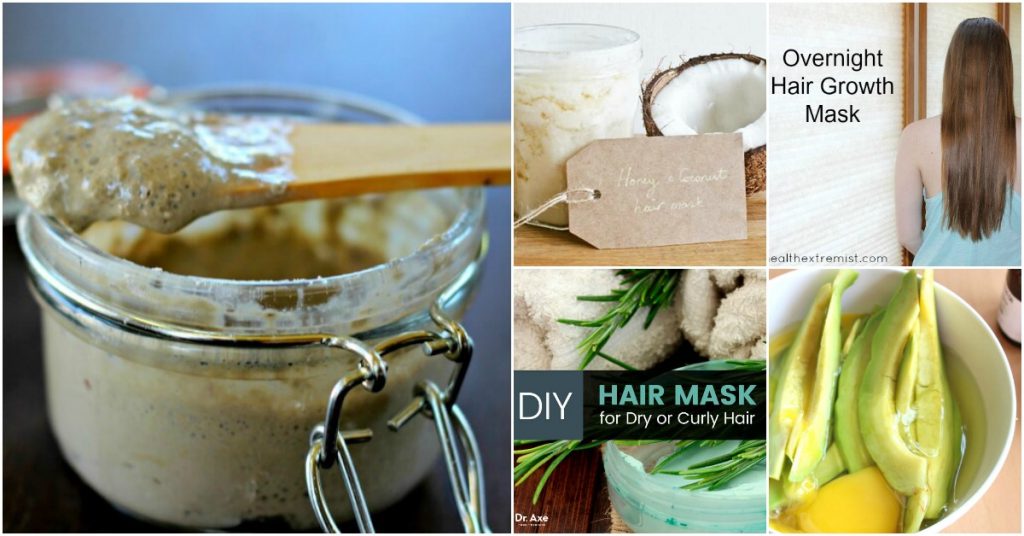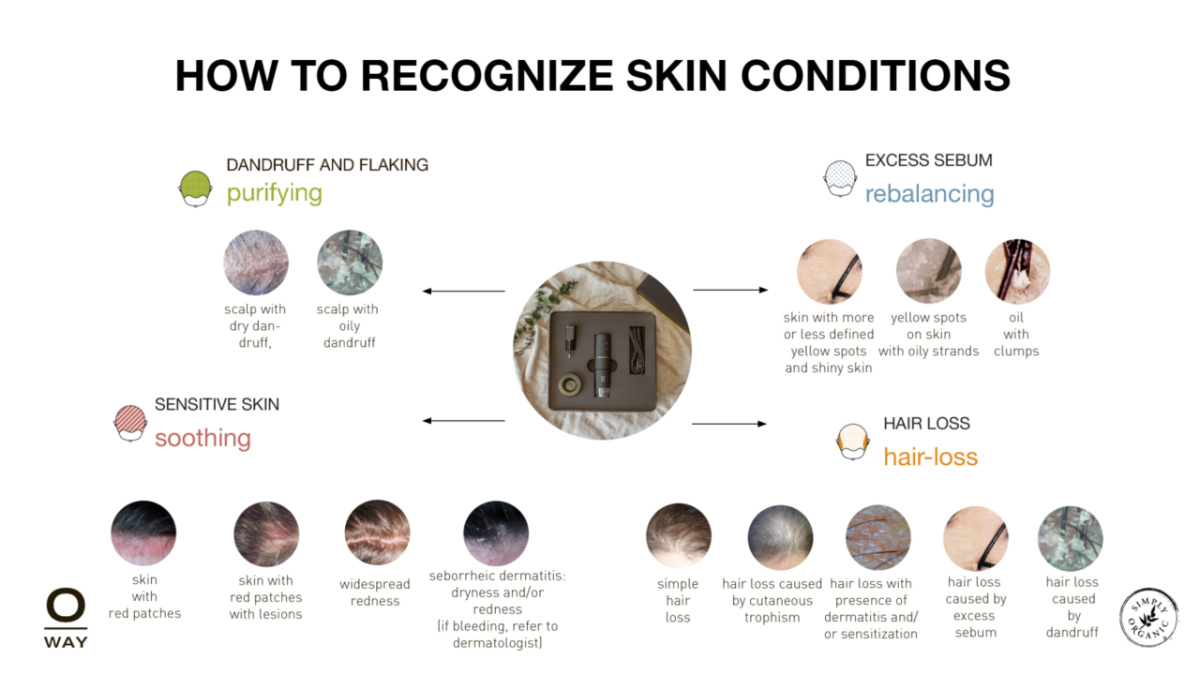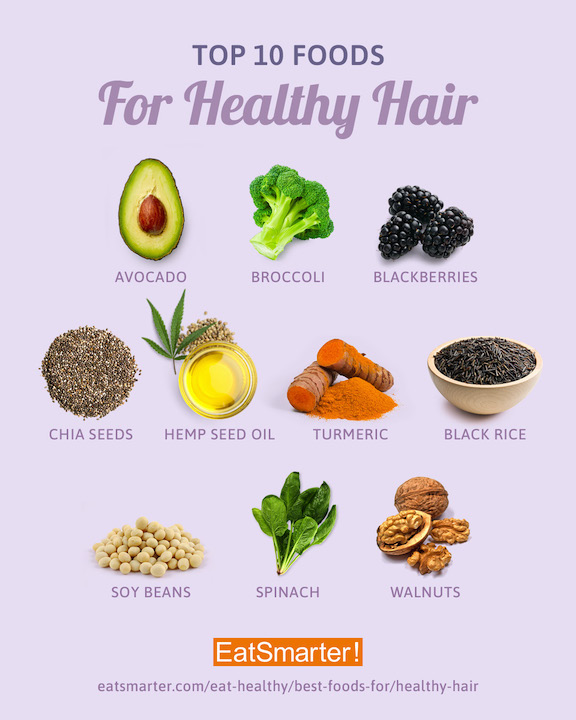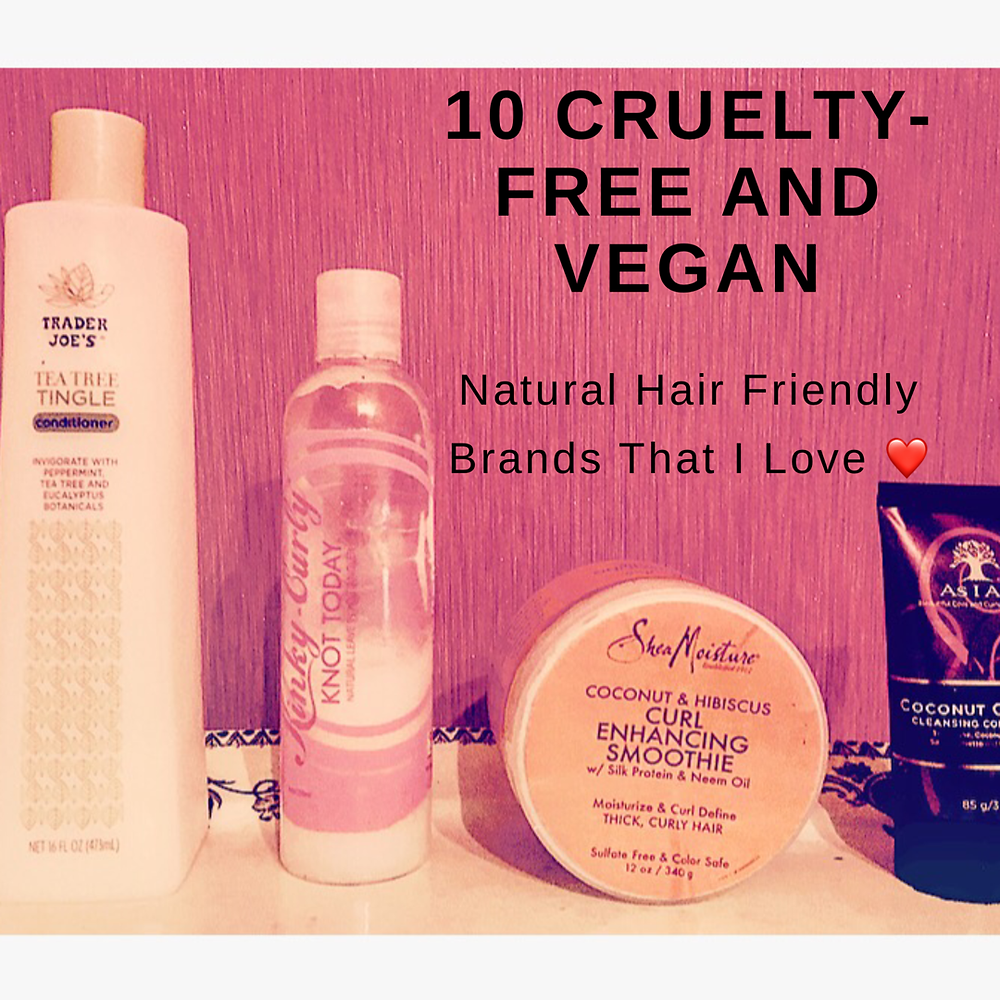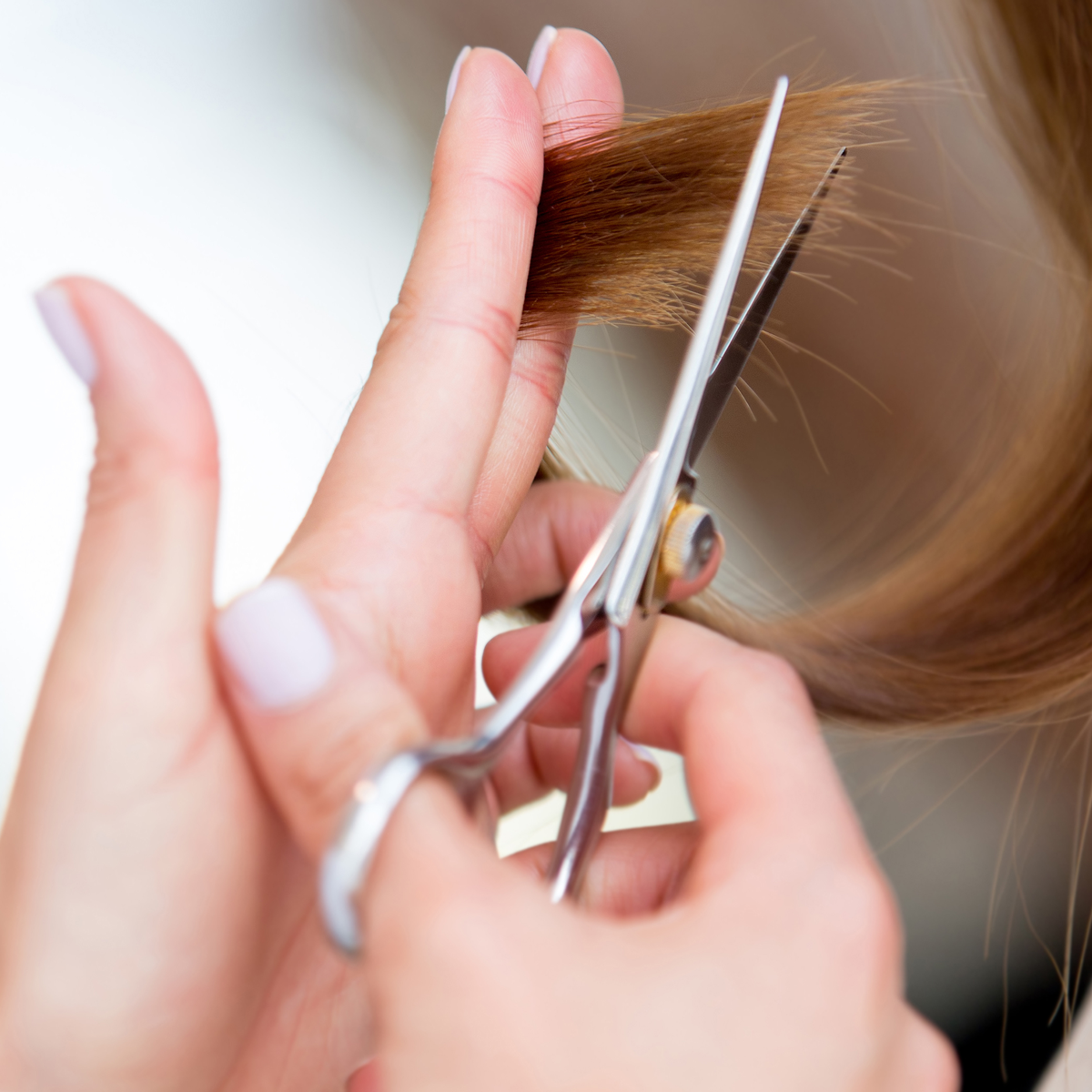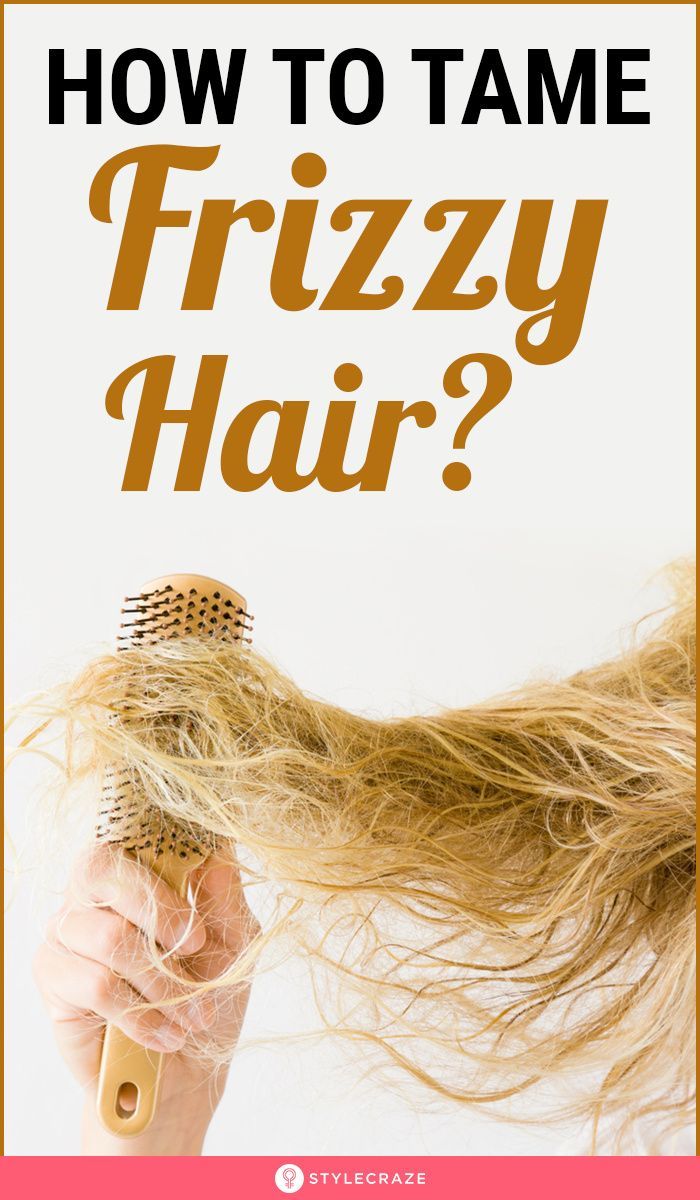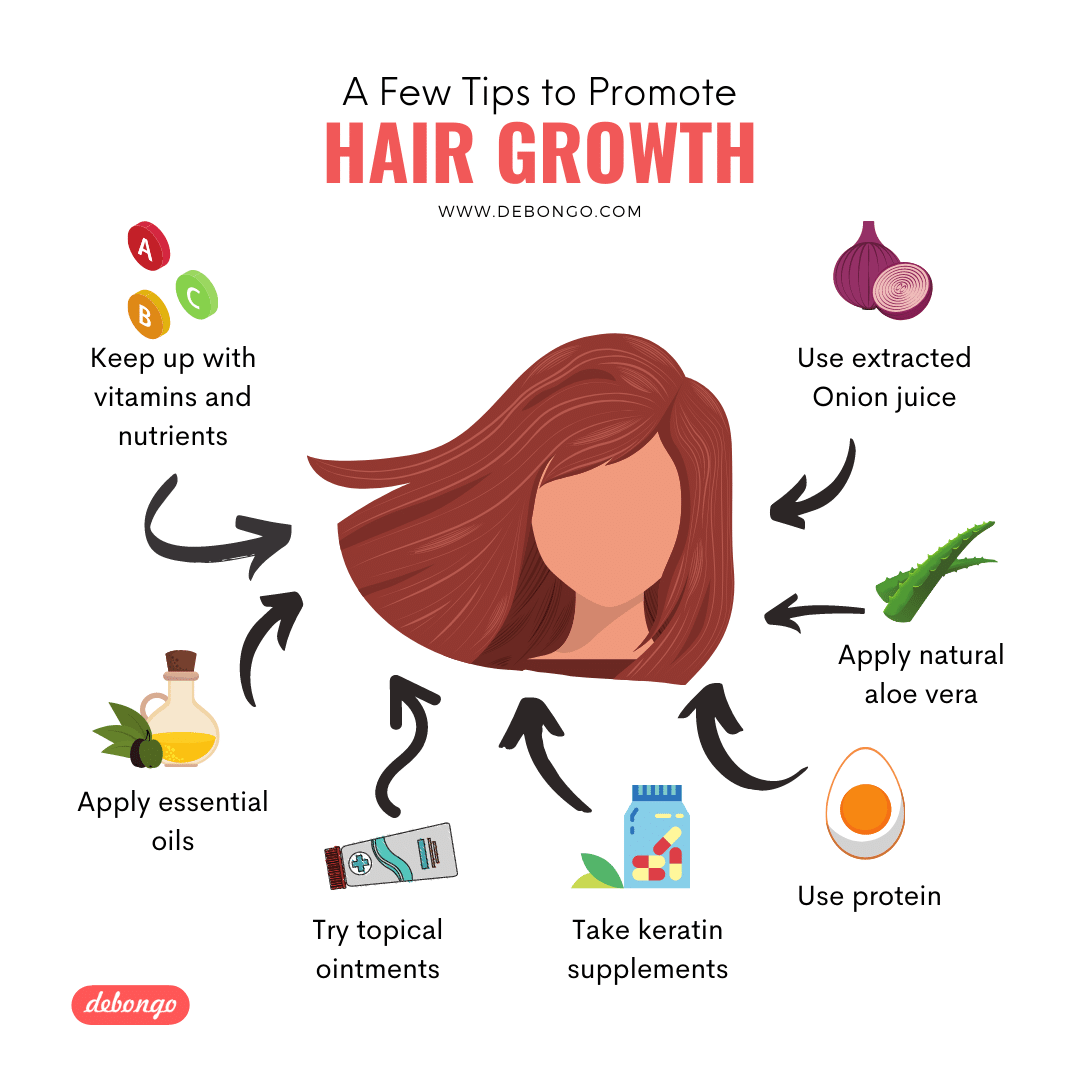Hair extensions can add length and volume but choosing the right type is crucial:
- 1. Clip-Ins: Great for temporary length and volume.
- 2. Tape-Ins: Semi-permanent and relatively easy to maintain.
- 3. Keratin Bonds: Long-lasting but require professional installation and care.
Proper maintenance, like gentle brushing and using sulfate-free products, is key to keeping your extensions in good shape.

